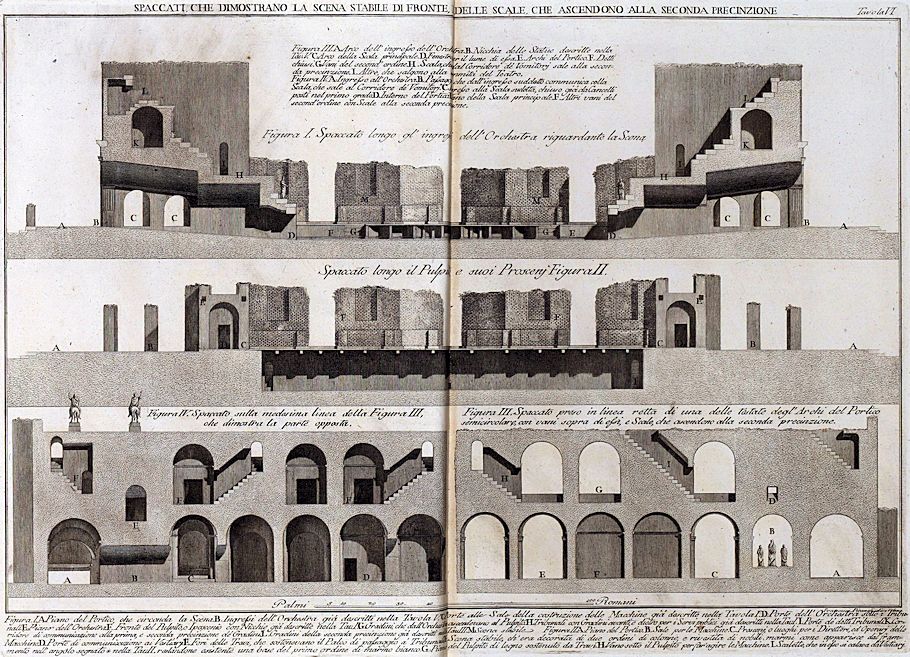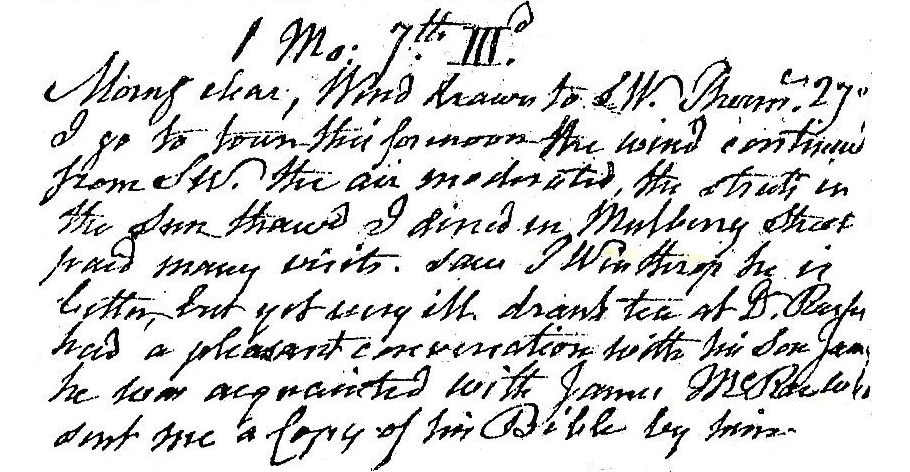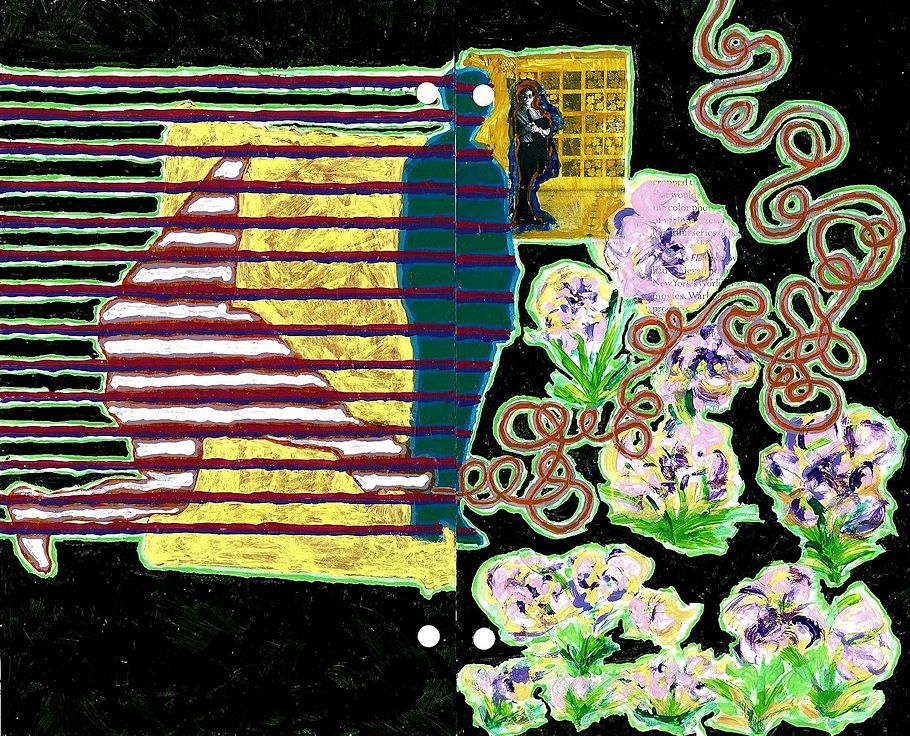7 January 1778 Wednesday
. . . . . .
7 January 1783

Sections, which show the stable scene opposite, and of the stairs, which ascend to the second precinct.
Figure I. Section along the entrances of the Orchestra looking toward the Scene.
Section along the pulpit, and its proscenium Figure II.
Figure III. Section taken in a straight line of one of the ends of the arches of the semicircular porch, with rooms above them, and stairs, which ascend to the second precinct.
Figure IV. Section on the same line as Figure III, which shows the opposite side.
Figure I. A. Plan of the Portico, which surrounds the Scena. B. Orchestra entrances already described in Plate V. C. Doors to the Machine Building Halls already described in Plate I. D. Orchestra doors under the Courts. E. Piano of the Orchestra. F. Front of the pulpit, or hyposcenium with niches already described in plate I. G. Gradini, which ascended from the orchestra to the pulpit. H. Tribunals with Steps forward, and behind for the Servi publici already described in Plate I. I. Porte de detti Tribunali. K. Communication runner at the first and second precinct of the Gradini. L. Steps of the second fence already described in Table III. M. Stable scene.
Figure II. A. Plan of the Portico. B. Machine Rooms. C. Prosceni, or places for the Directors and Machine Operators. D. Communication ports to Vestiari. E. Fori delle Travi, which supported the Stage passing through the Tribunali. F. Stable scene, which was decorated with two orders of columns, and faced with noble marbles, as appears from the fragment in the corner marked * in Plate II. remaining existing a base of the first order of white marble. G. Wooden pulpit floor supported by beams. H. Compartment under the Pulpit for the Machines to operate. I. Scalette, who descended into it by Vestiari.
Figure III. A. Orchestra entrance arch. B. Niches of the statues described in Plate V. C. Arch of the main staircase. D. Fenestra for its light. E. Arches of the Portico. F. Closed sayings. G. Second-order rooms. H. Scala, which from the Corridore dé Vomitori rises to the second precinct. I. Others, which rise to the top of the Theatre.
Figura IV. A. Ingresso all'Orchestra. B. Passaggio, che dall'ingresso suddetto communica colla Scala, che sale al Corridore dé Vomitori. C. Ingresso alla Scala sudetta, chiuso già da Cancelli posti nel primo grado. D. Interno del Portico. E. Vano della Scala principale. F. Altri vani del second'ordine con Scale alla seconda precinzione.
Francesco Piranesi dis. and inc.
7 January 1812 Tuesday

Morning clear, wind drawn to SW. Therm. 27°. I go to town this forenoon. The wind continues from SW. The air moderated, the street in the sun thawed. I dined in Mulberry Street, paid many visits. Saw J. Winthrop, he is better, but yet very ill. Drank tea at D. Russer[?], had a pleasant conversation with his son James; he is acquainted with James McRae who sent me a copy of his Bible by him.
7 January 1995
Mars - encyclopedia reference
These are some facts about the god Mars from Encyclopedia Britannica:
Mars, after Jupiter, the most important deity of the Roman state. He was commonly identified with the Greek Ares, but was never so much affected by foreign influence as to lose his essentially Roman and Italian character.
It is clear that by historic times he, [Mars] has developed into a god of war (hence his connection with Ares), and in Roman literature he is protector of Rome, a nation proud in war, which traced its founding back to a son of Mars, Romulus. There are at least three tenable views, however, of his ultimate origin: (1) that he was originally a war god whose functions were extended to physical and hence the spiritual protection of the field and crops; (2) that he was originally a deity connected with the fertility of the soil, of clthonian nature and thus a god of death and war; and (3) that he was originally a high god of the Italian peoples who were both warlike and agrarian and thus reflected their interests.
The problem probably cannot be solved, for evidences of all three possibilities are found in his cult.
Mars' festivals at Rome occurred in the spring and the fall, embracing both the agricultural and the military seasons. The month of March was, as might be expected, especially filled with festivals wholly or partially in his honor. The Feriae Marti. March 1, was New Year's Day in the old Roman calendar; the second Equirria, "horse races," occurred on March 14 (the first Equirria, Feb. 27); the Quinquatrus on March 19 was originally a festival of Mars which eventually was extended over a five-day period and became a festival of Minerva (q.v.); and the Tribilustrium, a purification of the war trumpets, occurred on March 23. All these have a connection with the initiation of the war season. Significant also is the role played through this period up to March 23 by the ancient priesthood of the Salii (q.v.), particularly associated with Jupiter, Mars and Quirinus, who came out several times during the month to dance their ceremonial war dance in old-fashioned armour and chant a hymn to the gods. Again at the end of the season, October was an important month for Mars. The festival of the October horse on Oct. 15 was marked by a two-horse chariot race in the Campus Martius, one of the winning pair being sacrificed to Mars. On Oct. 19 the Armilustrium marked the purification of the arms of war and their storage for the winter.
Until the time Augustus, Mars had but two temples at Rome. One of these, originally only an altar, was in the Campus Martius, the exercising ground of the army. The other was outside the Porta Capena and there each year the Equites met in order to start in procession throughout the city. Each of these sites was outside the pomerium, and this has been explained to mean that the war god "must be kept at a distance."
7 January 1997
Quondam Reference
I gave some more thought to your comment last night making the distinction that Quondam is more directed toward the study of design rather than towards a study of history, and I now appreciate what you were saying. Moreover, what you were saying makes me now wonder whether a similar type of distinction can be made concerning the work of Piranesi, that is, would it be a worthwhile exercise to speculate whether Piranesi leaned more towards design or more towards history?
7 January 2002
Re: Tampa, Florida
Like you, I desire reenactment to be a more deliberate process, plus I desire a broader understanding of reenactment's workings, both conscious and unconscious.
For me, reenactment has become a powerful learning process. For example, my reenacting Piranesi's drawing of the Ichnographia Campus Martius (albeit with modern technology, i.e. CAD, surely unknown and very likely even unimagined by Piranesi) has taught me much about Late Antiquity, paradigm shifts, that Piranesi's original drawing itself represents a reenactment, that "modern" humanity has for the most part lost touch with reenactment even though it still clearly exists (e.g., the funeral of Diana as a true/real reenactment of ancient Rome's Triumphal Way), and even that a truly innovative understanding of Piranesi's overall work can come from reenactment.
7 January 2012
Ury, now quondam, exactly 200 years ago
I’m pretty sure I know how Miers got to town--just two roads: Oxford Road (now Avenue which terminates at what was the Fox Chase Inn) all the way to its beginning at Frankford Road (now Avenue) and then down Frankford to its beginning at the Delaware River (right at Penn Treaty Park) and then a short bit along the river to Olde City where Miers still had a house on Mulberry Street (today Arch Street--I believe Miers’ house was on the same block as today’s Constitution Center). Before the first European settlers here 360 years ago, Frankford Road and Oxford Road were “Indian” trails, hence pathways now who knows how old.
Lunch with Rosa. Gorgeous day; gorgeous ride--Pine Road, Byberry Road, along Pennypack Trust, Terwood Road, Fitzwatertown Road, Susquehanna Road, Meetinghouse Road, Fox Chase Road, Shady Lane. TV with Rosa. Started compiling material for /docs.
7 January 2021

book spread painting 011
7 January 2023 Saturday
. . . . . .
|